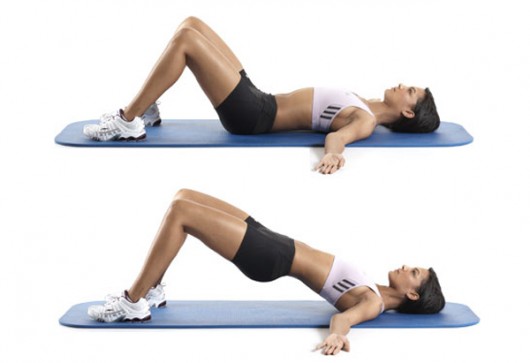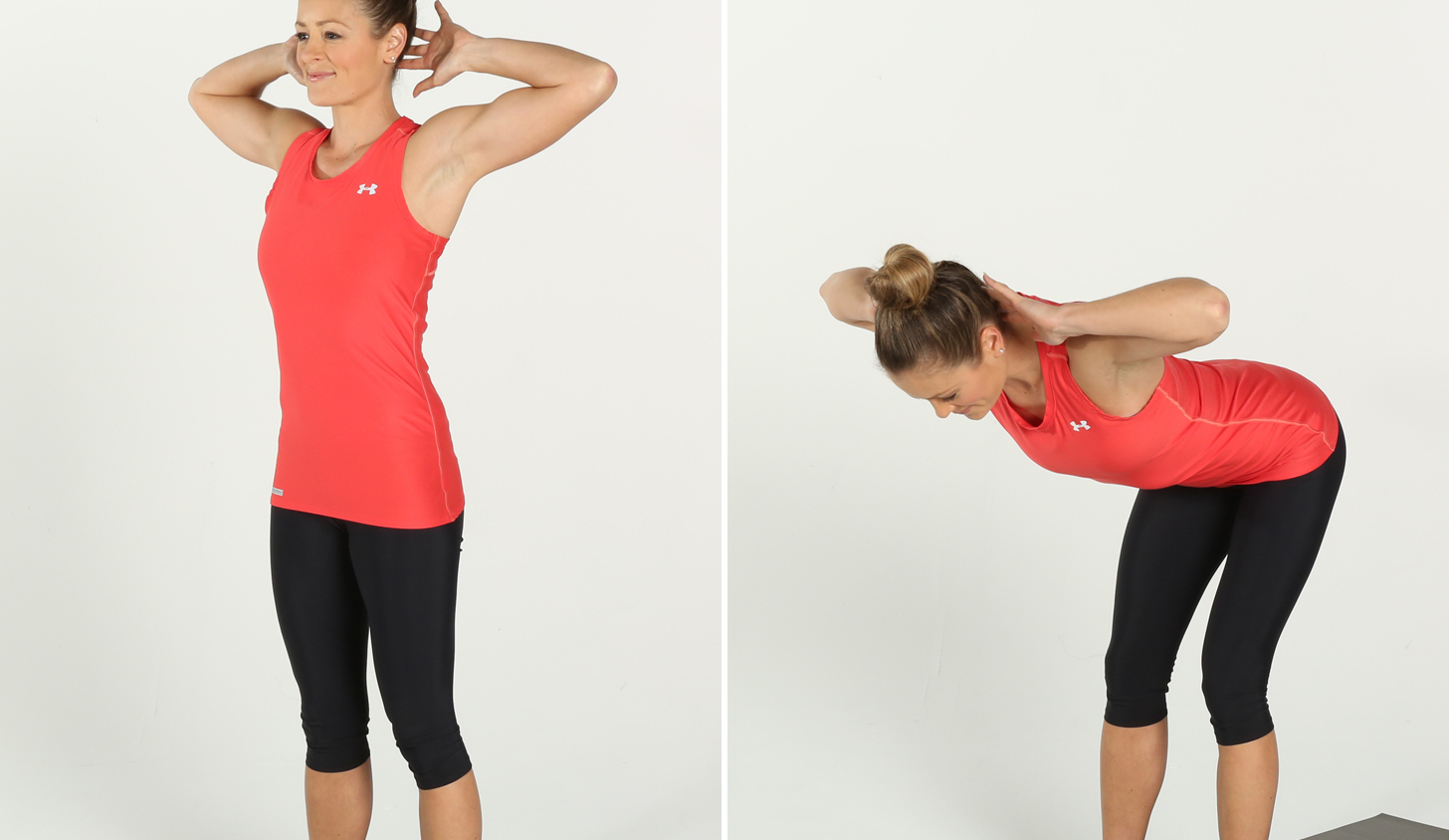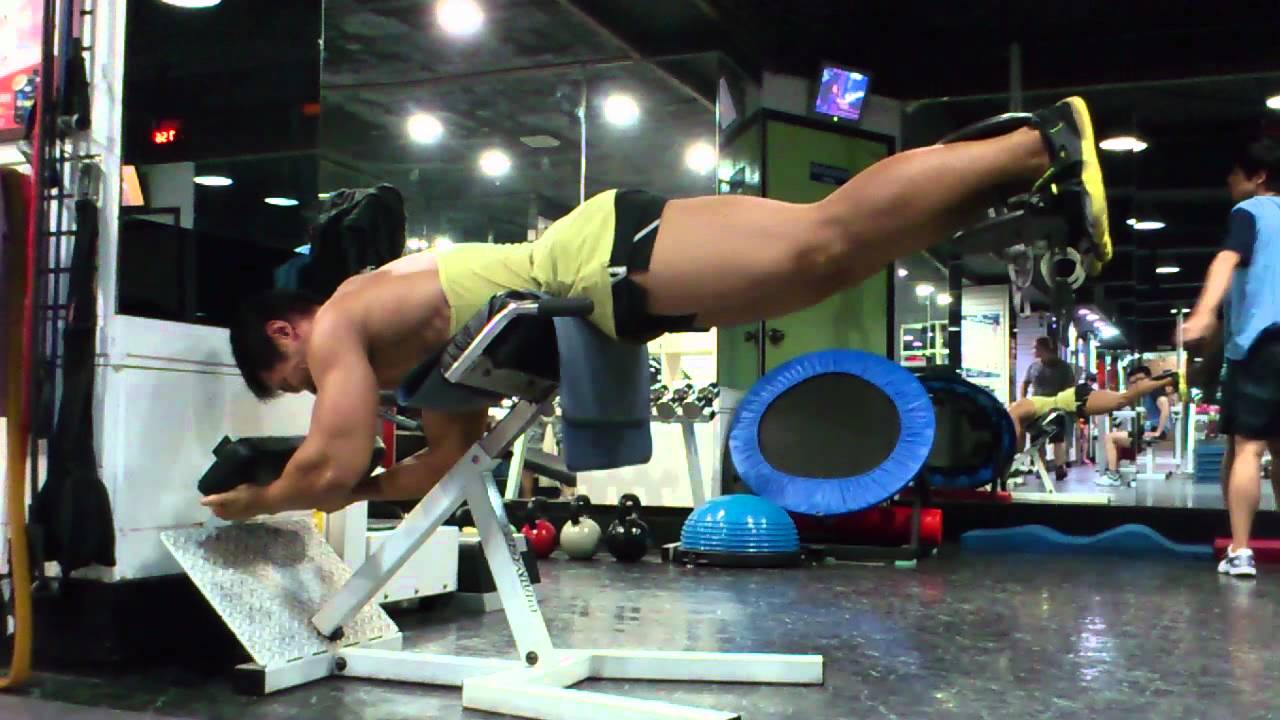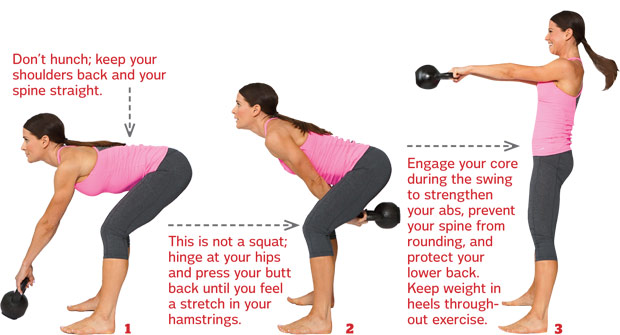
When I was a actively training clients, looking for new clients, the easiest way for me to open a door was tell someone I knew they suffered back pain. Most people suffer back issues. It’s not just a modern phenomenon either. We’ve had problems with our spines since the invention of the back.

(Source: soulsong.abmp.com)
You might conclude that there is something wrong with our spines. You may be right, but the back is less to blame than the captain.
That’s you, cap’n. We do it to ourselves. It’a somehow comforting to know the annals of history record that we are not alone in this. We’ve suffered back pain since before the Greeks.
For most backs, those that are not suffering pathology, the issue lies in the lower portion, connected to the pelvis.
If you want to know more about that, we talked about it in Your Pelvis is Killing Your Spine.
Some people suffer from butt-winking, where they tuck their pelvis under during loaded activities. For most people, the issue is a matter of tilting their pelvis forward, most likely from sitting.
Tilters usually have tight hip flexors, amongst other attributes. They are easy to spot once you know what you are looking for. They almost always suffer back pain, so getting them to stop and talk about it is not magic.
If you are a tilter, meaning someone diagnosed you as such, then there are some simple exercises you can do to strengthen your lower back.
Success in this arena is less about compartmentalizing your lower back, more about understanding the relationship between your pelvis and spine. Even if you don’t, these exercises can help.
Most of these are bodyweight exercises, so even if they are the exact right ones for you, they should not hurt you. The exception is the kettlebell swings.
Floor Bridge

(Source: top.me)
The floor bridge is a simple but seriously important move. It strengthens your glutes, but also makes it hard for you to activate your hip flexors. Since these muscle can work in opposition, the net result of floor bridges is stronger glutes, less active hip flexors.
You can add weight to these but don’t, not at first. As a confirmed tilter myself, these can immediately pull me out of a bad night of sleep, where I go in sore-backed, but come out straight. Seems like magic.
1. Lie on your back.
2. Plant your feet flat on the ground, hip-width apart.
3. Push your hips to the ceiling, but stop once your are straight from shoulder to knee.
You can hold these isometrically (best), perform repetitions or do a combination of both. Go for as many as you can stand.
Don’t let it surprise you if you feel like a rush of cool water through your hip flexors when you stand. That’s a good thing.
Good Mornings

(Source: top.me)
Well named, these will make stand up and holler, ‘goooood morning!”
This exercise is nice stopping ground before attempting the kettlebell swings. They will strengthen your lower back muscles, but also help you with that whole lumbopelvic hip complex (LPHC) thingy… you know, where your hips and back connect.
1. Stand on both feet, just hip-width apart.
2. You can put your hands on the back of your neck or on your hips. Just don’t pull on your neck.
3. Breaking at the hips, bend there, keeping your spine rigid.
4. Go no further than your hips for depth, but stop when and if you feel any discomfort.
If these are hurting you, swing by the doctor’s office or talk to a physical therapist.
Don’t worry if your range of motion is light at first. You will find you can go deeper as you get stronger.
Don’t swing up and down. Stay in a nice controlled tempo, like three seconds down, then three seconds back up. Don’t add weight to these. Instead, progress to the kettlebell swings.
Reverse Extensions

(Source: bodybuilding-wizard.com)
These are like regular extensions but in reverse. Duh.
The hardest part about reverse extensions is finding the right apparatus to do them. A sturdy, flat bench with nearly a full leg (as in your leg) of clearance will do.
The best set-up is a regular back extension set-up, where the layout is flat, not inverted. Some pitch your body upwards. They can both work, but the flat version is a little easier.
1. Position yourself with your legs hanging, your hips hard into the bench or extension machine. If you are on the machine, you will be backward, your hand where your feet would go.
2. Using your glutes, lift your heels keeping your legs straight until your body is straight. You don’t need to go further.
You can hold them isometrically or perform repetitions, but go for more-is-more with these. We’re working on endurance.
Alternatively, you can lift one leg at a time, stabilizing your hips and other leg. You should feel pressure against your hip flexors. They should not be able to work in this position.
Kettlebell Swings

(Source: revention.com)
These are the most advanced exercise on here. You should get some instructions from a professional before just picking up a kettlebell (KB) and swinging away.
The goal is to land somewhere between a deadlift and the good mornings for your movement. The key difference with the KB swings, is they throw the weight in front of you. When done correctly, this develops your lean-forward strength.
The whole action of the KB swing is glute-driven. It’s not a shoulder raise, it’s not a lower back extension. It’s all glute or go home.
1. Stand on two legs, hip width apart. I like feet parallel, but you can turn your toes out a little if you need help activating your glutes.
2. Pick the KB off the ground in front of you, straightening up as you lift it, but let your arm hang down.
3. Begin the motion by breaking at the hips. Drive your butt back a few inches.
4. Then using all glutes, drive that KB forward.
You can activate your shoulders to stabilize the KB, but don’t try to lift it higher with them.
Select the smallest KB you can, at first. It won’t take much to get the effect of these. Stay light on your weights until you get the hang of it.
Favor reps, like 20 or more over going heavy on KB swings. Always keep your belly button sucked into your spine, with your back straight. It should curve naturally, of course, but not flex or extend. Your shoulders should not round forward.

(Source: backpain-treatment.net)
We would be remiss to not point out: If you have back pain, the first thing you should do is consult your doctor. This is an entertainment forum. Body Hacks is not an authority on health.
I know… Working with a professional costs money, but is well worth it when you find the right one.
Current technology withstanding, you only get one body. Treat it better than you treat your car. Stick to these exercises and you will be able to bench press that car… probably.